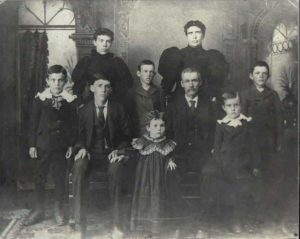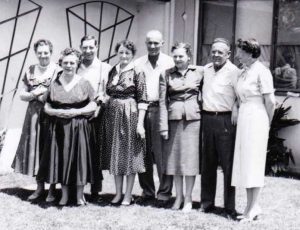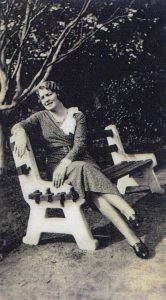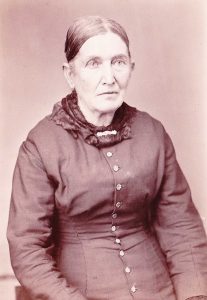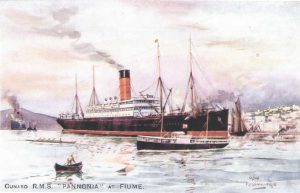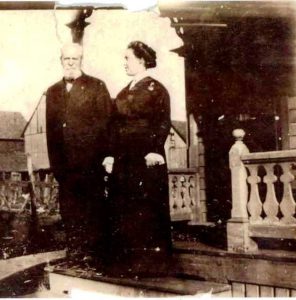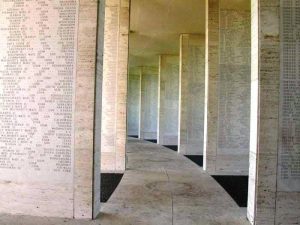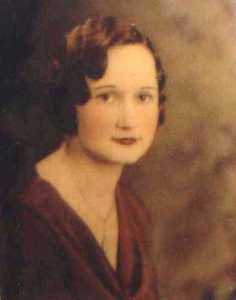
She was not pleased to see me – this paternal first cousin of my (biological) great-grandmother, Opal Young.[1] Her name was Grace,[2] and we had arranged our meeting through the mails, never having spoken to each other by telephone. Before, as I had stood on her stoop waiting for her to answer my knock, it was hard for me to believe that I would be meeting with a blood relative of my grandmother’s – one outside the small circle of my grandmother’s own descendants. I wondered how she might appear to me (part of me thought surely on a broomstick?) and I wondered what of “her family” she might recognize in me, too.
In some ways I am not sure why Grace agreed to see me at all. She was, after all, a 91-year-old spinster living alone in the hills above Glendale, California. While I had done my best to answer her many questions in advance, the prospect of meeting a strange relation at the door that day must have both daunted and intrigued her. Continue reading A knock at the door
